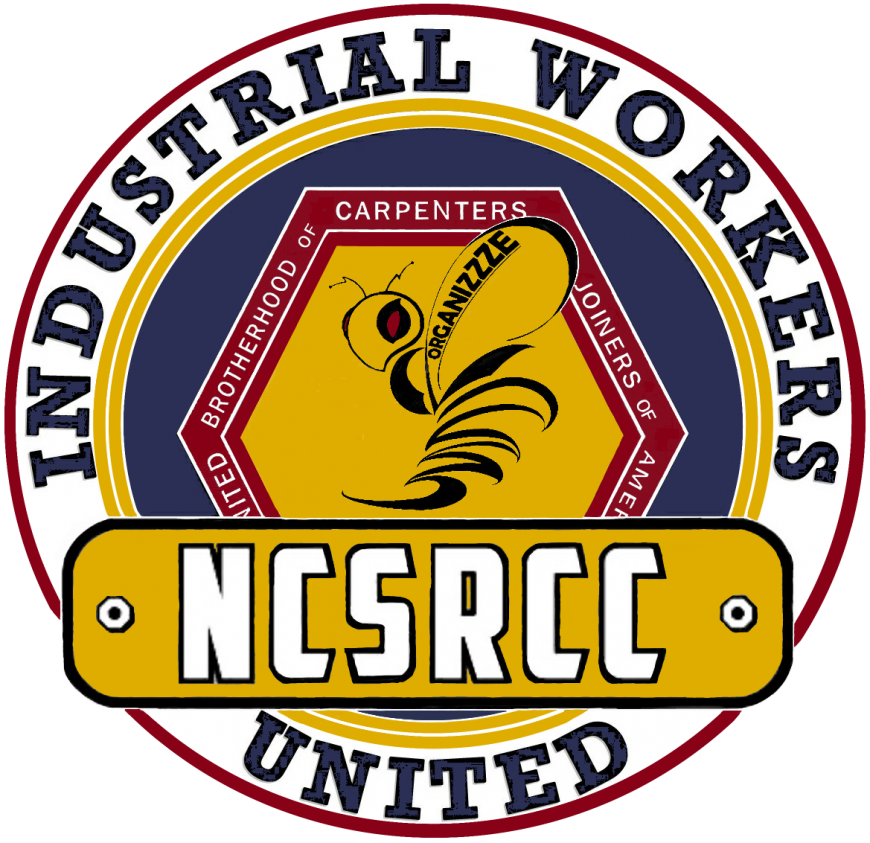Industrial Organizing
Labor Unions give workers the power to negotiate for more favorable working conditions and benefits through collective bargaining.
Collective Bargaining
Collective bargaining is the heart and soul of the labor union. Collective bargaining occurs when a group of people, such as the workforce at a company, bands together through their union to negotiate terms of employment including pay, hours, leave, health care and safety. The bigger the group, the stronger their negotiation power. For instance, a single worker might feel that a certain new safety measure should be implemented in his factory, but he might have limited power to get the company to install the new measure. If the entire workforce is made aware of the need for the new measure and bands together as one strong voice, there is a much greater chance that the company will grant the request. Labor unions join workers together, allowing the voices of individual workers to be heard and made into a goal of the whole union. Unionized workers typically elect representatives to bring their concerns to the union’s attention.
Solidarity
Caring about one another is a key element of our union. We look after each other, making certain that we are safe, protected and informed. Our union builds a sense of solidarity that extends beyond just the shop floor. In everything we do, we seek to better our lives on and off the job. Whether through the wages and benefits we negotiate or ensuring the safety of the work we do, we make sure everyone makes it home safely, and our brothers and sisters have the support in their daily lives when needed.
Labor Unions:
-
Increase Workplace Safety Standards
When labor costs more, employers invest more in training and equipment, which improves workplace morale and boosts productivity. When workers are taken care of, everyone benefits. The opposition between business and organized labor is not inevitable. However, when employees are considered disposable, businesses can become less interested in protecting them. Employees also may lack someone to intervene on their behalf with management on safety issues when there is no union representation.
When workplaces become organized, the need for cooperation becomes more obvious. Companies recognize that they can take steps to make a stable workforce safer, more productive and effective, through training, better equipment, and making better use of their knowledge. Unions recognize the needs of employers to be responsive to customers and competitive in their markets. In some sectors, having a company story that involves union workers and living wages may be a competitive advantage commercially.
-
Collective Bargain for Higher Wages
One of the top benefits of being a union worker is that you enjoy a better wage compared to your non-union counterparts. Union workers get about 20 percent more in terms of wages (not including benefits) compared to others in similar jobs that aren’t supported by a union. Union workers are more likely to enjoy consistent pay raises resulting from collective bargaining between the union (on behalf of the employees) and the employer. Bargaining establishes a written agreement that sets out clear terms regarding pay and wages. With a non-union job, the employer can set the wage without any formal bargaining process or employee input.
-
Collectively Bargain for Better Benefits
On average, union workers are more likely to enjoy better benefits compared to non-union employees. That includes health, retirement accounts, and paid sick leave. According to a 2019 report by the U.S. Bureau of Labor Statistics, pension coverage for unionized workers is significantly higher than for non-union workers: in the public sector 78 percent of union workers have pensions (67 percent in the private sector), in contrast to a mere 13 percent of non-union workers in the private sector. Union representatives work out these details as a part of your collective bargaining agreement with the employer.
Interested in organizing?
Complete and submit the interest form below.
Sign up for text and email updates to stay connected to the latest news and events.
